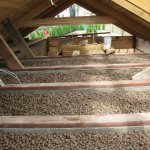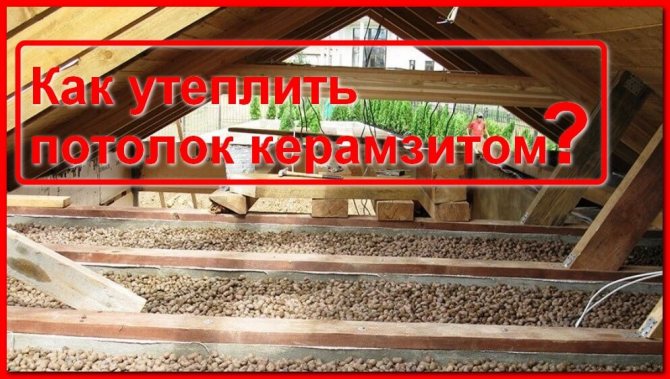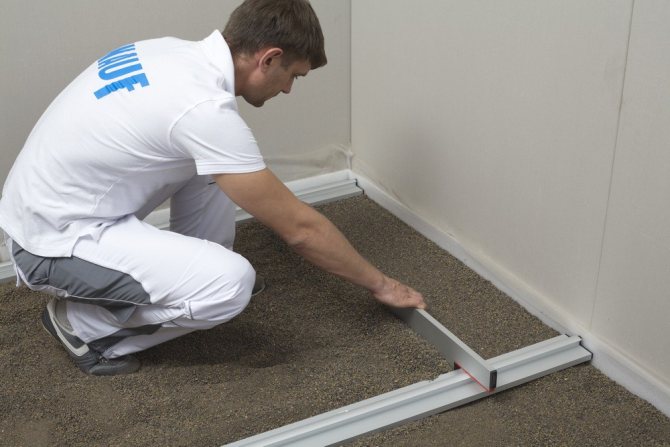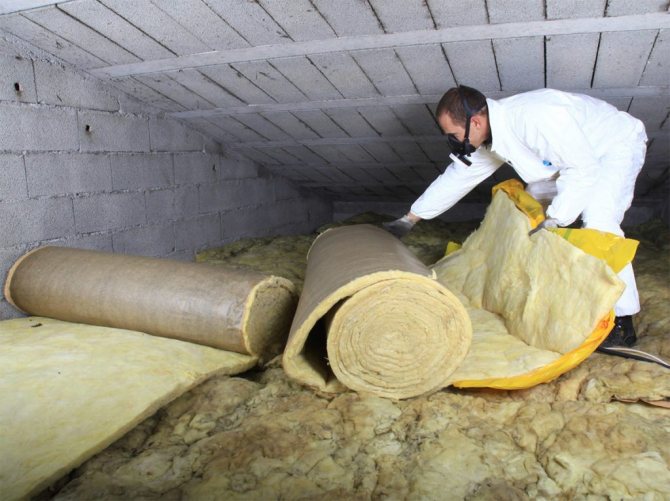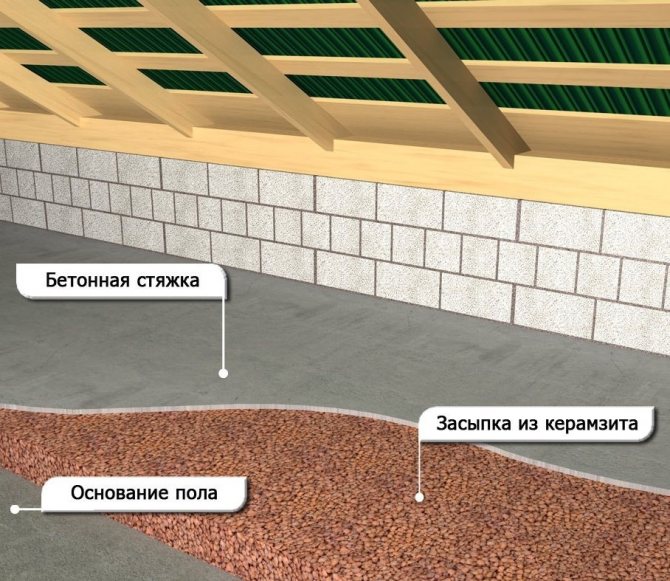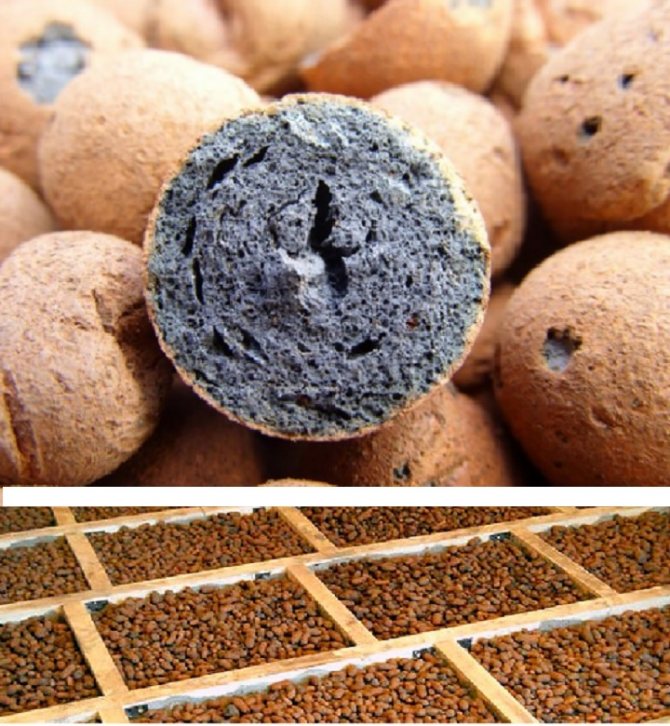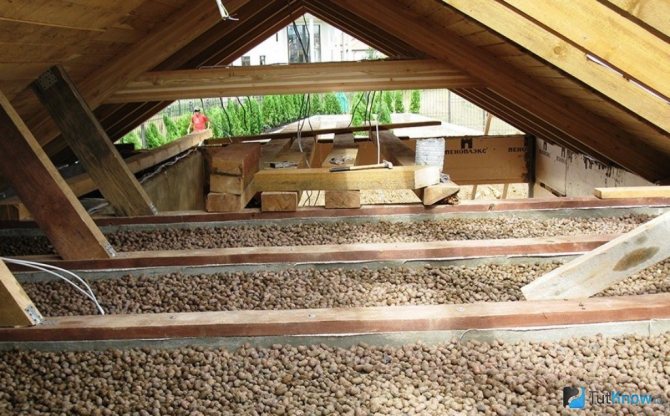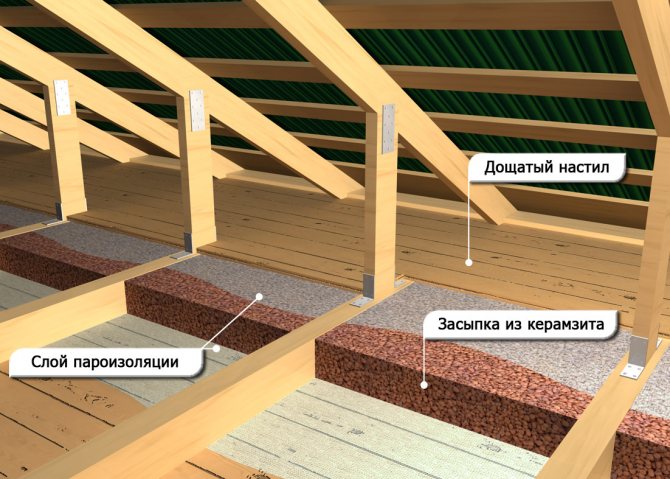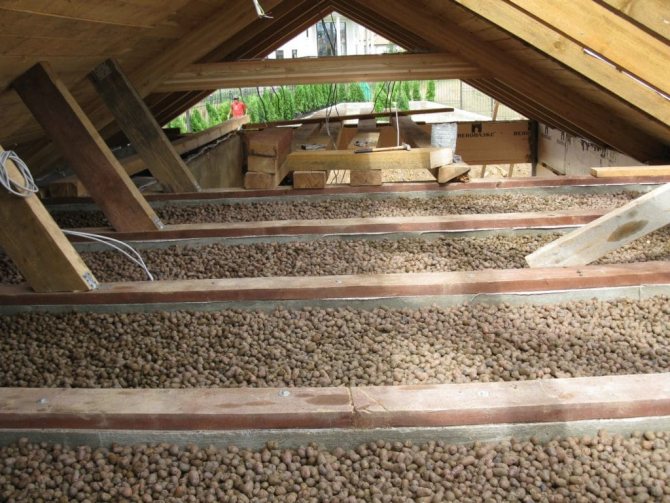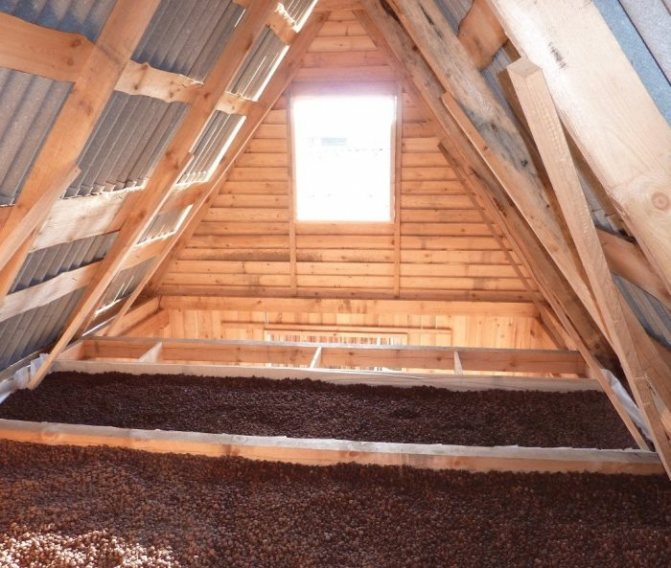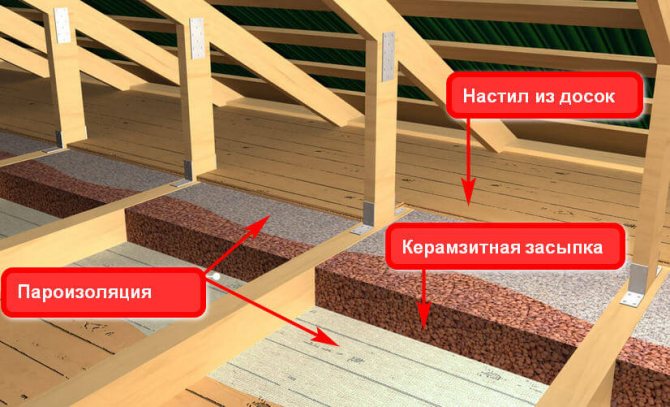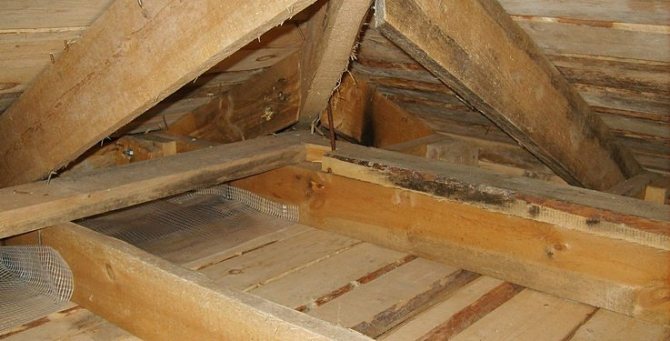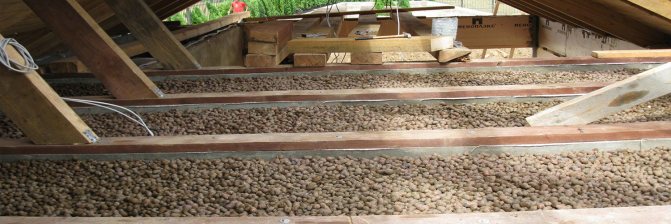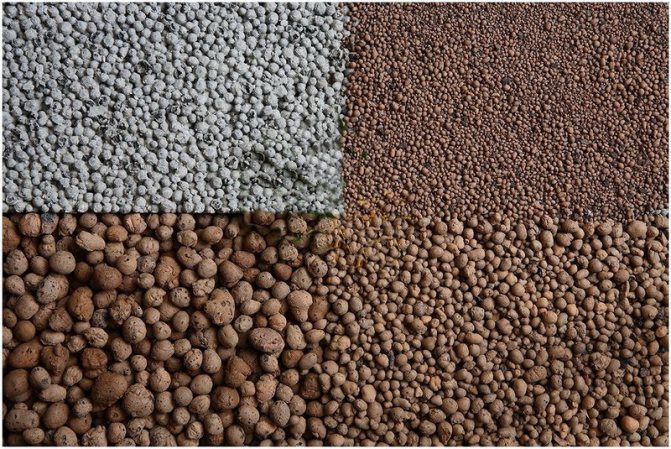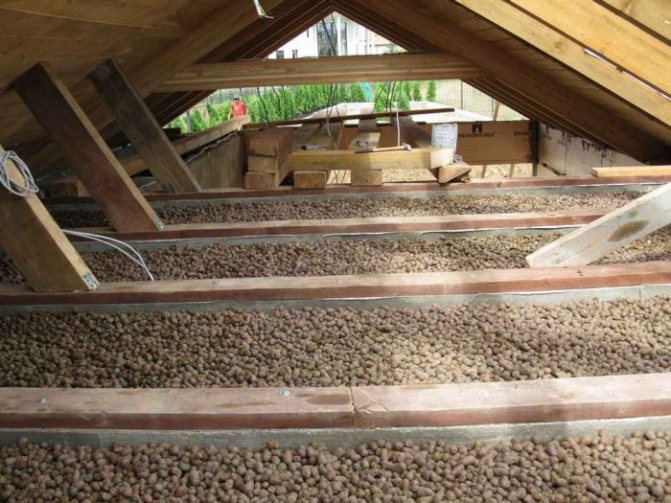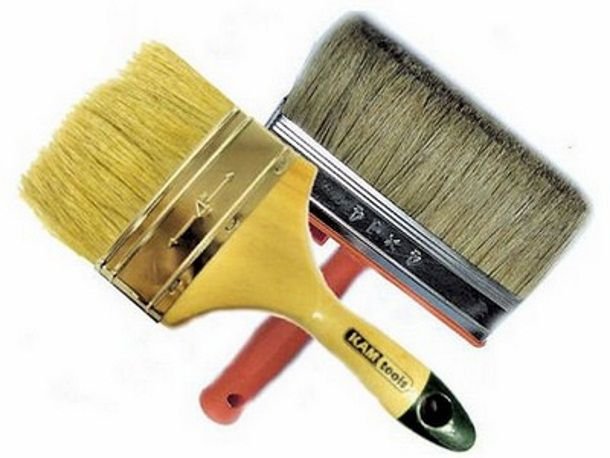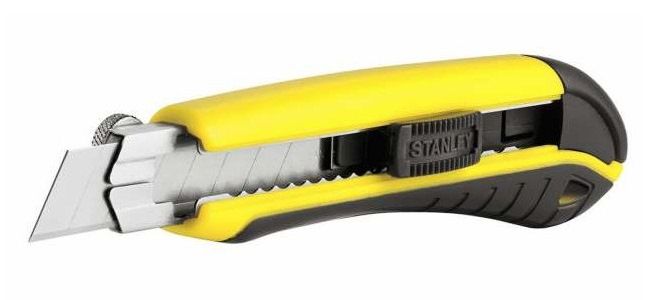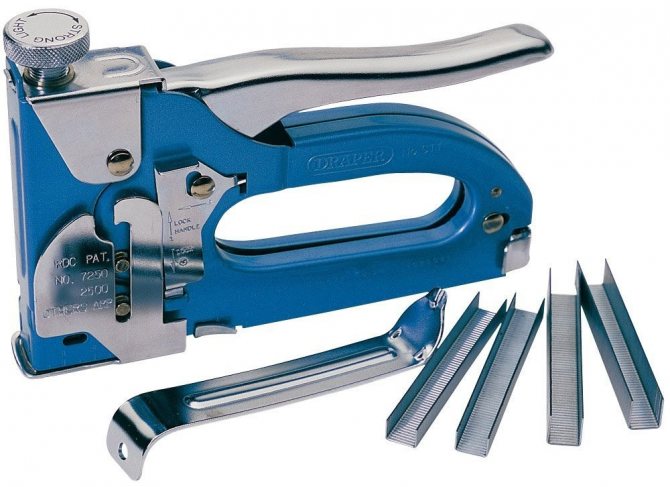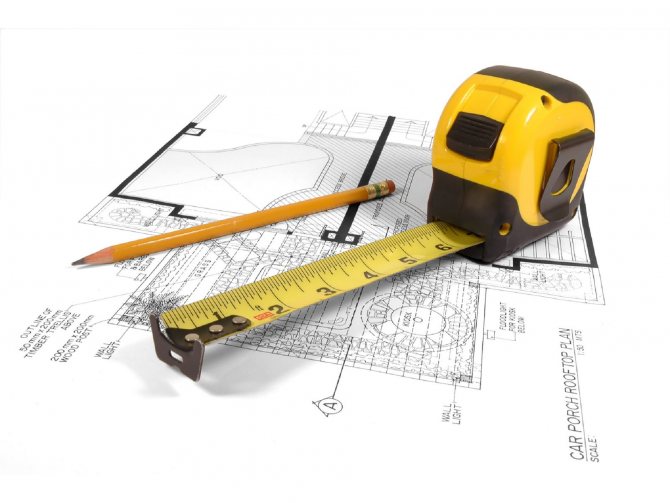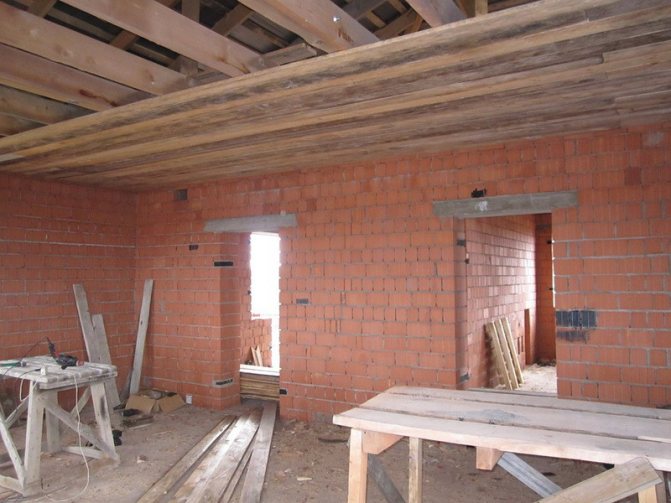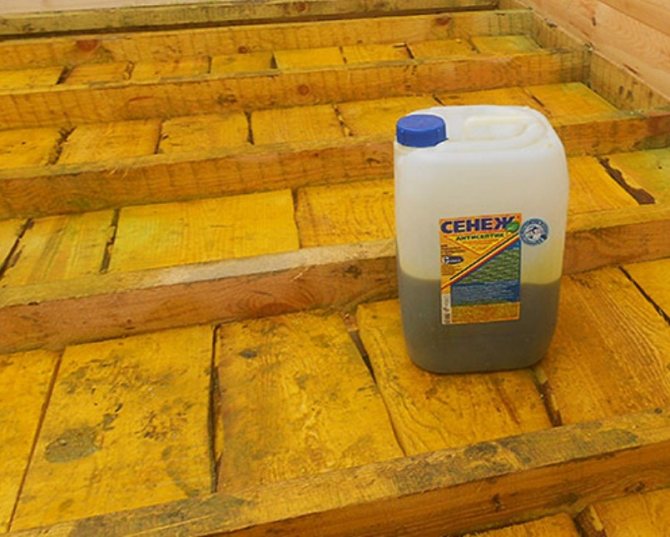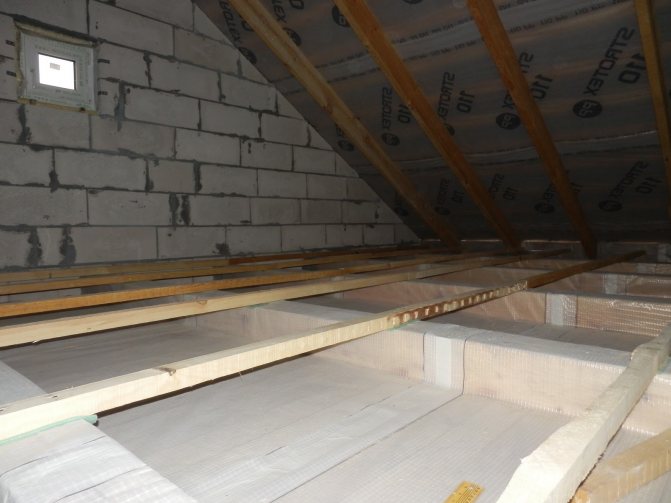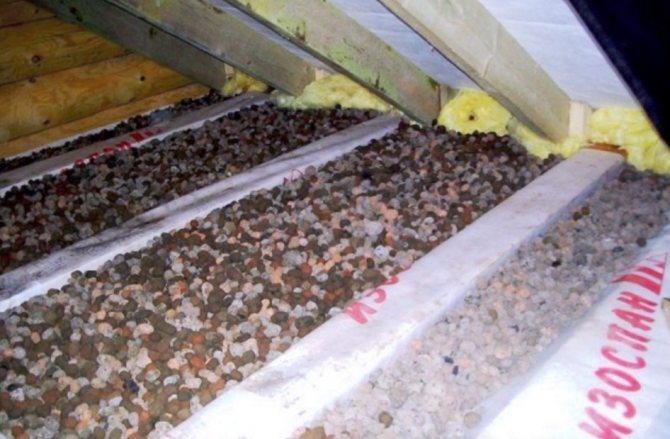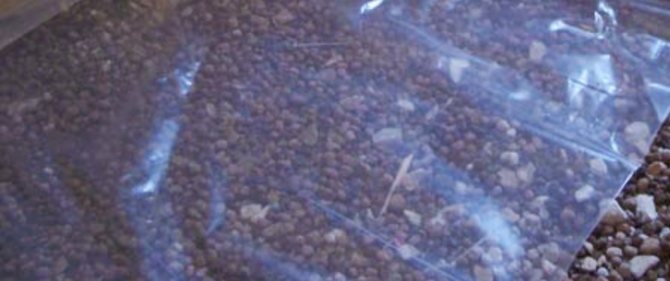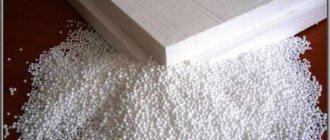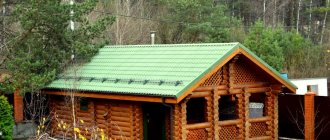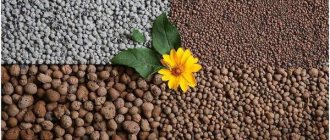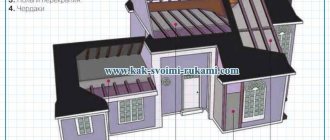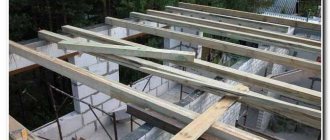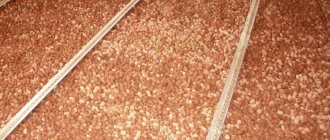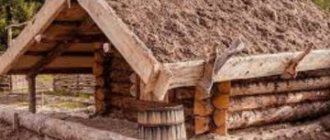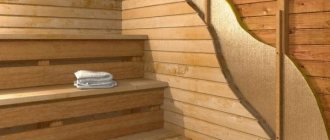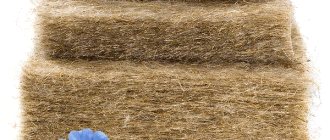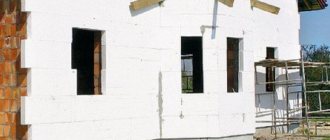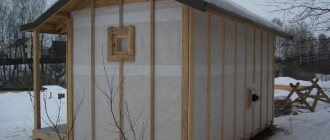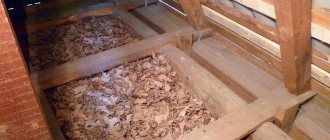Pros and cons of warming the attic of the house with expanded clay
In the construction market, expanded clay is not a novelty. Insulation was used in the last century. However, its popularity continues to persist due to its many positive qualities.
Expanded clay has been used to insulate building objects since the last century.
Expanded clay belongs to the group of bulk thermal insulation. It is used more for insulating a horizontal surface, to which the ceiling from the attic side belongs. With thermal insulation of vertical structures, additional structures are created that allow backfill.
Thermal insulation consists of irregularly shaped granules of different sizes. The main production material is shale clay, which is fired. Each granule forms a hard shell on top, and a porous body inside. Due to the presence of air bubbles, the thermal insulation properties are increased.
Important! Popular insulation materials are arranged according to the principle of expanded clay porosity, such as: foam plastic, foamed polyethylene, polyurethane foam, etc.
The main advantages are:
- Fire safety. Since expanded clay is made of clay, even an open source of fire is safe for it. Natural material does not emit harmful substances when heated.
- Light weight. Due to the porosity, the clay granules are light, which makes it possible to fill the ceiling from the attic with a thick layer.
- Resistant to damage. The granules do not gnaw mice, they withstand mechanical stress, are resistant to the destructive actions of fungi and putrefactive microorganisms.
- Ease of use. To insulate any structural element, the material is simply covered with a layer of a certain thickness.
- Long service life. Granules withstand extreme conditions, do not lose their thermal insulation properties after 25 cycles of freezing and thawing.
- Affordable cost.
Of the minuses, one can single out a large dust formation while working with granules. It is problematic to lift the material to the attic for insulation. You will need tools, helpers. If the backfill area is large, a crane will have to be hired, resulting in additional costs.
Porosity indicates that the granules absorb moisture. When insulating an attic, the backfill layer on both sides must be covered with a membrane. The material is lightweight, but not so light that the false ceiling can withstand it. The overlap must be strong or the insulation with granules must be abandoned.
The main aspects of ceiling insulation with expanded clay
Expanded clay, as a heater, is a traditional clay. This material is subjected to high-temperature processing, followed by the formation of granules of the middle fraction. Thermal insulation properties are provided by the porous structure of the material.
The thermal insulation layer for heat retention work must be thick to provide an effective cushion. Despite the large weight of the granules, the load on the building is insignificant if the thickness is 50-70 cm.
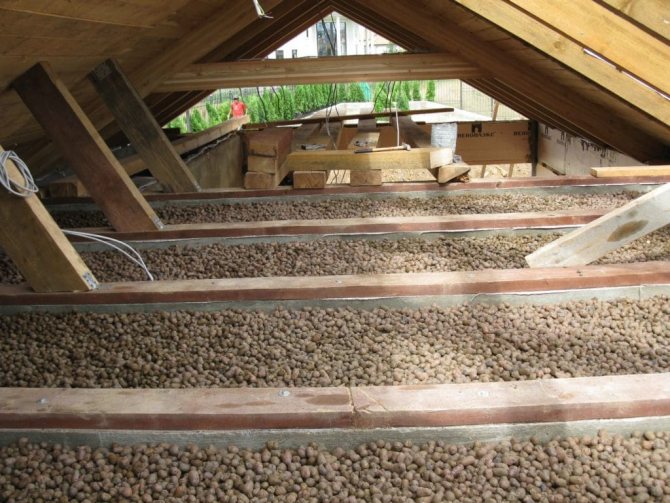
Experts recommend using expanded clay of different fractions to improve the heat-saving characteristics. At the same time, 60-70% of the layer is diverted to coarse gravel. Fine granules are distributed in the upper and lower layers.
Thermal insulation works on expanded clay warming solve such problems as:
- Expanded clay has sound insulation properties. In view of this, with the help of a heat insulator, it ensures the preservation of silence both from the sounds of precipitation and from noise from the street.
- At subzero temperatures, heat remains in the house, because the heated air is not able to leave the premises due to the lack of cold bridges. Provided that the insulation work is carried out correctly.
- At high temperatures, expanded clay prevents heat from entering the room. Thus, the effect of a thermos is created.
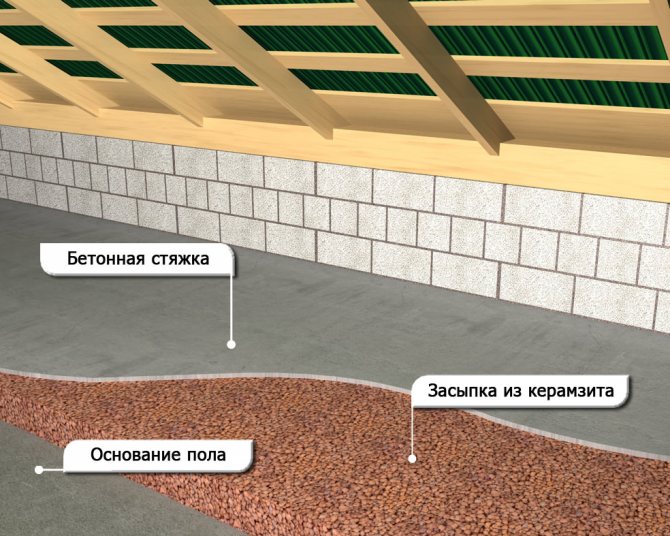

How to prepare an attic for backfilling with expanded clay
Before starting work, all foreign objects are removed from the attic. If dampness is present, dry it by creating a draft. They are thinking over a way to raise expanded clay. It may be necessary to remove a couple of sheets of roofing if this cannot be done through the access hole into the attic.
The vapor barrier is laid across the log
Most often, houses are equipped with wooden ceilings. Before filling it with expanded clay, you need to lay a moisture-proof membrane. A vapor barrier, roofing felt or a regular film will do. The strips are covered across the beams. At the joints, an overlap is made 10-15 cm wide. The seams are glued with tape. If roofing material is chosen to protect against moisture, then the tape is not able to reliably fasten the hard edges of the strips. The joints are glued with bituminous mastic or simply liquid bitumen melted over a fire.
So that when filling the thermal insulation the granules do not damage the vapor barrier, it is first covered with a thin layer of dry powdery clay. Lumps up to 1 cm in diameter are allowed. Clay is leveled with a rule. Over the entire area, a uniform layer with a thickness of 2 to 5 cm should be obtained. This completes the preparation for insulation.
How to prepare for work?
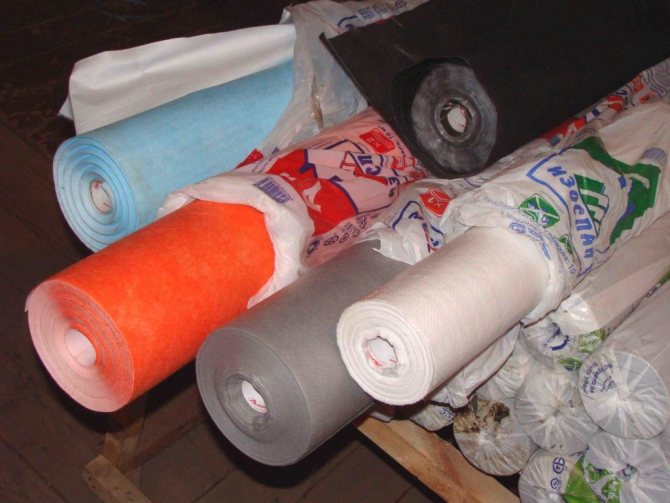

Vapor barrier membranes
To calculate the amount of material and the load on the floors of a cold attic, it must be taken into account that the thickness of the layer, which can effectively reduce heat loss in the house, must be at least 16-20 cm. Multiplying the ceiling area by 0.16-0.20 m, you can calculate the amount of required material in cubic meters. Knowing the amount of expanded clay and the weight of the brand being purchased, it is easy to calculate the load on the floors. With the specified layer thickness, it is quite acceptable for any wooden structure. If the ceiling in a bathhouse or other small building was made without overlap (hemmed), then it is better to refuse laying expanded clay.
For work you will need:
- vapor barrier membranes such as Izospan or others;
- expanded clay (mixture of fractions);
- dry clay;
- materials for flooring, if you need to equip the attic;
- rule or garden rake.
Thick polyethylene or roofing felt can be used as a vapor barrier. To fasten the membrane to the ceiling, a construction stapler and brackets of the appropriate size are used. When purchasing Izospan film, you need to buy a special tape for connecting individual pieces of material.
How to raise expanded clay to the attic
The complexity of insulation is associated with the supply of insulation to the attic. A lot of loose material is needed. In production, special machines are used. At home, they come up with different devices.
Special machines in production help to quickly feed expanded clay to a height in large quantities
For insulation to be effective, it is optimal to use expanded clay of three fractions. The granules are mixed before being fed to the attic. They do it on the ground. The presence of granules of different sizes will make it possible to obtain a dense and even layer of insulation.
For the supply of bulk materials to the attic in private construction, various devices are used. Most often, a block is hung on a beam. Buckets are hooked on with a rope. You will need at least two assistants: one loads on the ground, and the other scatters insulation over the ceiling. To speed up the process, the block can be lifted not by buckets, but by a container with a larger capacity, for example, a trough.
If expanded clay is purchased packaged in bags, the ascent to the attic is simplified. There is no need to load it on the ground.You just need to pick up the bags and lift them in a block. Another device is a soft container. It is made from a piece of durable tarpaulin. Loops are made at four corners, ropes are fastened. The four free ends are tied in a knot. It looks like a hammock. At a time, you can lift up to 100 kg of granules with a strong tarpaulin.
If the attic is large, it is difficult to manually lift a huge amount of building material. Here it is optimal to use the service of a crane. However, you will have to dismantle several sheets of roofing, as the supply will be through the roof.
Types of expanded clay and which one to choose for insulation
Before insulating the ceiling with expanded clay in a private house, you need to select the fraction of granules of the material. Products of any size are suitable for insulating floors. You can also combine different fractions of expanded clay to insulate the ceiling.
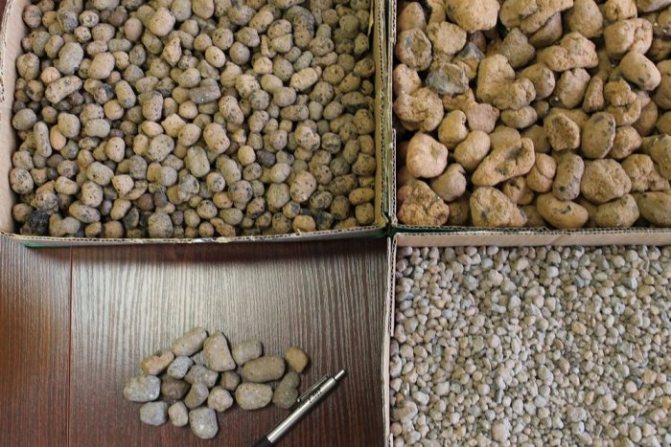

The material is made from kiln-fired slate clay. In the process of thermal action, the surface of the product is sintered, and a characteristic porosity appears inside. Thanks to the air bubbles inside, the material acquires its thermal insulation properties.
Density and thickness of mineral wool for ceiling insulation in a private wooden house
There are the following types of expanded clay:
- expanded clay sand (particle size 5 millimeters);
- expanded clay gravel (round granules);
- expanded clay crushed stone (angular products with a fraction of 0.5-4 centimeters).
Expanded clay sand is used in combination with products of a different fraction and is suitable for insulating interfloor ceilings. Expanded clay gravel is rounded grains 0.5-4 centimeters in size with a porous structure, suitable for thermal insulation of floors.
Important! The optimal fraction of expanded clay gravel for floor insulation is 10-20 mm.
The thickness of the expanded clay layer for insulation of the attic
Insulation will be effective only if the layer thickness is correctly calculated. The parameter depends on the climatic conditions of the region, the material of the ceiling, the device of the roofing pie. The minimum layer of expanded clay for warming the attic is 15-20 cm. However, such parameters are acceptable for buildings located in the southern regions. It is desirable to have a warm roof and wooden ceiling. Wood also has good thermal insulation properties, which makes it possible to reduce the thickness of the expanded clay backfill.
The thickness of the insulation backfill depends on the climate of the region and the design features of the roof
For cold areas, this layer thickness for the attic is unacceptable. The same applies if the floor is concrete and the roof is cold. Effective insulation can be achieved with an increase in layer thickness up to 30-40 cm.
When calculating the thickness of the insulation, take into account the strength of the floor. Depending on the fraction, the mass of 1 m3 of expanded clay varies from 250 to 450 kg. The heaviest expanded clay sand, but it is not needed to insulate the attic. The overlap must withstand the load at a certain layer thickness.
Thermal insulation technology
We will conventionally divide the process of thermal insulation into several stages:
- Preparation of materials;
- Floor preparation;
- Floor insulation;
- Sub-floor laying
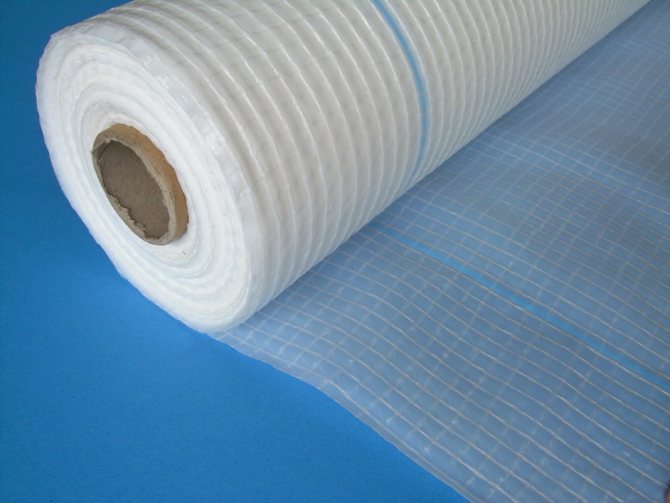

To isolate the insulation from moisture, it is necessary to use a vapor barrier
Preparation of materials
In addition to the expanded clay itself, you need to prepare the following materials:
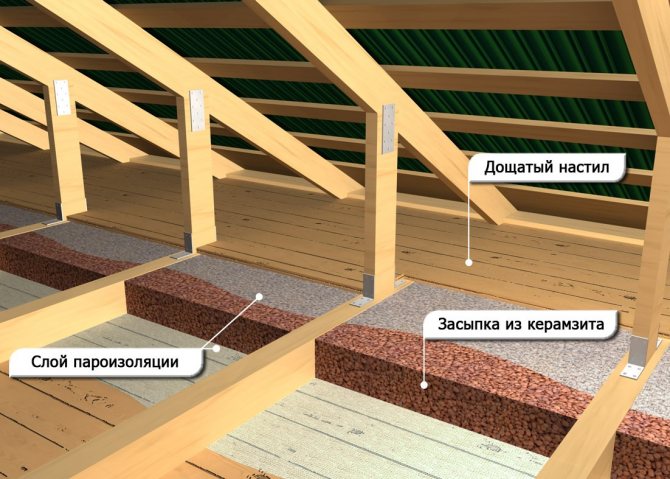

In the photo - a layer of vapor barrier is located between expanded clay and the wooden flooring of the attic
- A vapor barrier, which is located on the wooden flooring of the attic, and is the underlying layer for expanded clay;
- Diffuse waterproofing film;
- Antiseptic for wood or anti-mold composition, if the floor is concrete;
- Double-sided adhesive tape;
- Boards or sheet material.
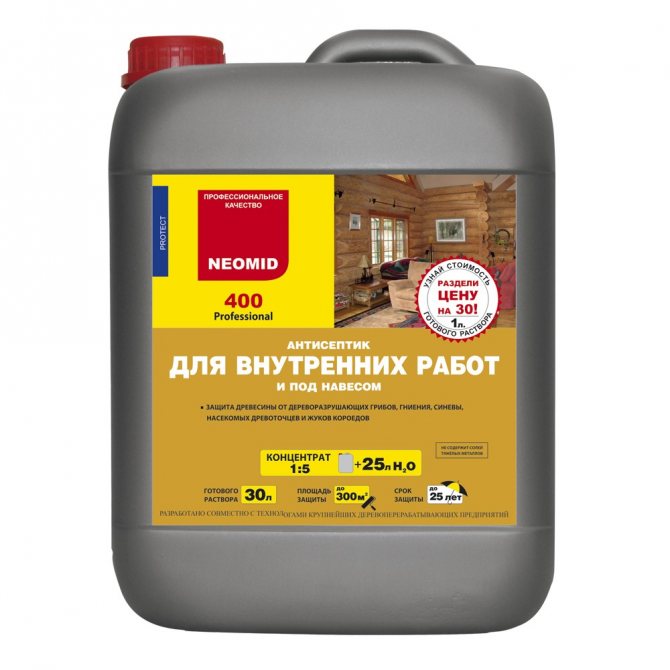

Use an antiseptic to protect wood floors from decay.
In addition, you will need some tool:
| Illustration | Description |
| Paint brush. |
| Assembly knife. |
| Construction stapler. |
| Roulette and pencil. |
Advice: in order for expanded clay to effectively insulate the ceiling, the layer thickness should be at least 25-30 cm.
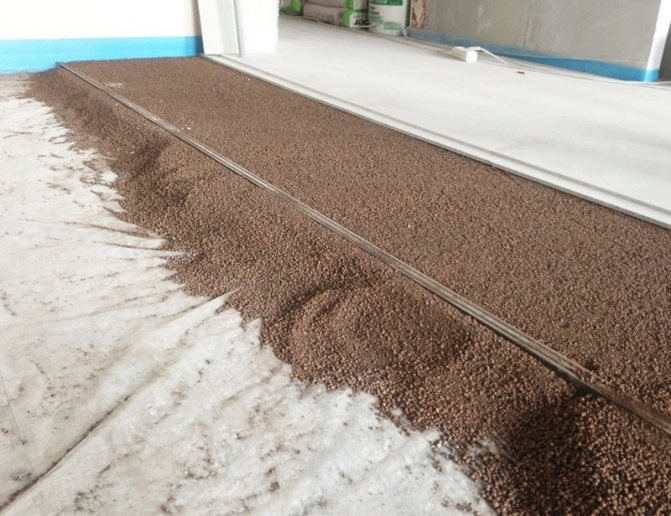

The thickness of expanded clay on the floor must be at least 25 cm, otherwise the insulation will not give the desired result
Preparation of the base for backfill
As we have already said, it is possible to insulate the ceiling with expanded clay only from the upper side. But, before doing this, you need to prepare the overlap.
If it is made of wood, preparation is carried out as follows:
| Illustrations | Actions |
| Preparation of the rough ceiling. If the insulation is carried out at the stage of building a house, it is necessary to perform a rough sheet - to fix it on the beams from the inside of the board or other material. |
| Processing of the structure. Treat all elements of the wooden floor, including the rough ceiling, with an antiseptic impregnation. Apply it to the surface with a paint brush. After the surface has dried, repeat the procedure. |
If the floor is concrete, it must be cleaned of debris and treated with a hydrophobic compound that can be applied with a paint brush.
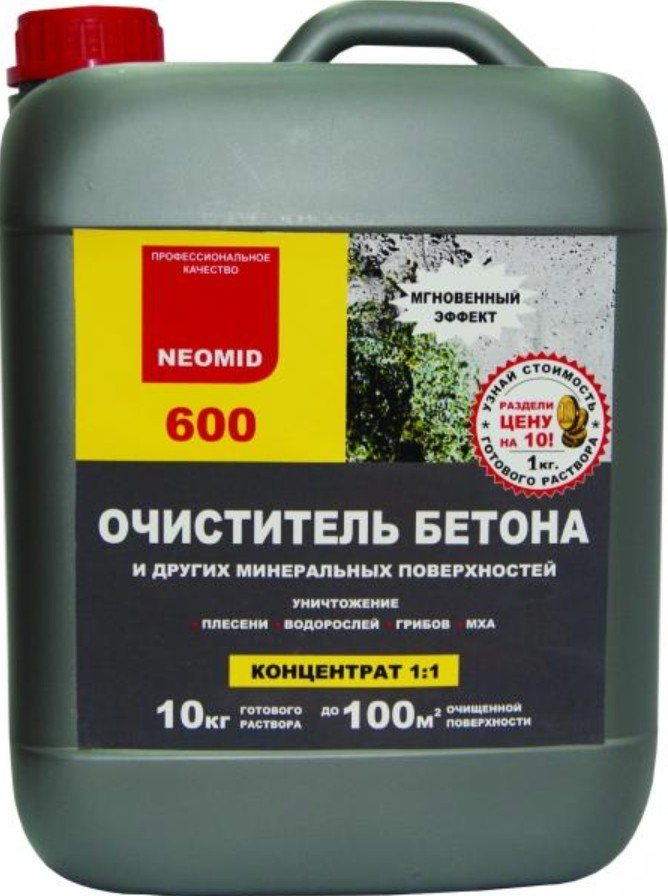

Protective composition
Thermal insulation
After preparing the surface, you can proceed to the thermal insulation of the floor:
| Illustrations | Actions |
| Vapor barrier installation:
|
| Warming. Fill the ceiling with expanded clay. If the stand of the insulation is greater than the thickness of the beams, level the surface horizontally. |
| Waterproofing. Lay a waterproofing film on top of the insulation. Glue the joints of the canvases. |
Note! In this way, it is possible to insulate the ceiling not only with expanded clay, but also with any other bulk or slab thermal insulation materials, such as cellulose wool, sawdust, mineral wool, or others.
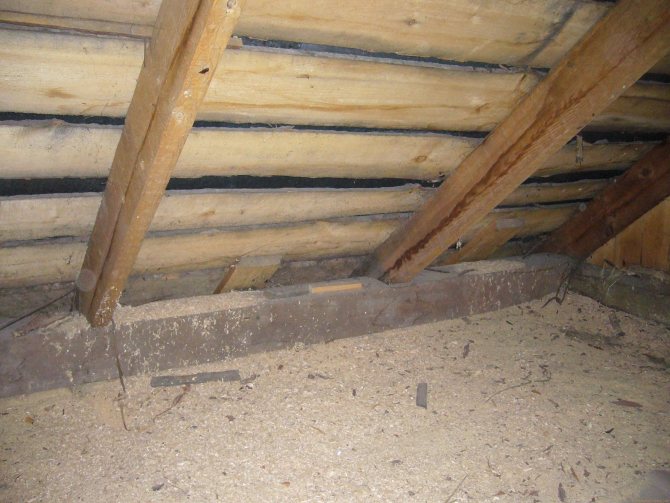

Instead of expanded clay, you can use any other loose or slab thermal insulation material
This completes the work. In the same way, the thermal insulation of the concrete floor is carried out, with the only difference that the granules are not poured between the beams, but with a continuous uniform layer on top. In this case, the vapor barrier can be omitted.
Sub-floor laying
Now it remains to put a rough covering.
There are two options for laying the floor:
- Over beams or logs - in this case, the floor is rigidly attached to the wooden base. As a covering, boards, plywood or, for example, OSB can be used;
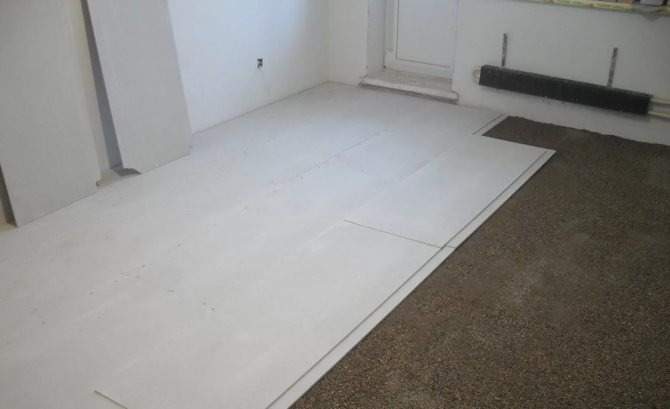

Sheet material can be laid directly on top of expanded clay - GVL is used in the photo
- On top of expanded clay, sheet material is used as a coating - as a rule, plywood or gypsum board, which are usually called dry screed. Most often, it is laid on top of a concrete floor between the first and second floors.
That's all the important points of warming the ceiling with expanded clay.
How to insulate an attic floor with expanded clay
The technology depends on the overlap device. The use of expanded clay is possible for a concrete surface and on beams. Warming of a false ceiling and other types of weak floors with granules is not performed.
On the concrete floor, the expanded clay should be optimally laid under the screed
To insulate the attic floor slabs with expanded clay, the concrete surface is covered with waterproofing bituminous mastic. Beacons are installed along it, making it possible to maintain the same thickness of the backfill. If they will not walk in the attic or use it to store things, it is enough to cover the insulation on top with a film. The joints of the sheets are sealed with tape.
Insulation will be more reliable with a screed. The granules are poured with cement milk. The attic is dried for at least a week, creating a good draft. A reinforcing metal mesh is laid on the insulation, poured with a concrete screed about 4 cm thick. You can move on such a surface, use the attic as a storage facility.
On a wooden floor, the backfill is carried out between the beams
To insulate the attic with expanded clay for a wooden floor, a vapor barrier is laid on the beams. From the side of the room, the ceiling should be hemmed with a solid board. She will play the role of a rough floor. Expanded clay is poured between the logs. From above, the insulation is covered with a vapor barrier. If the attic will be used, a boardwalk is laid over the beams after insulation.
Advantages and disadvantages
A list of positive features when using expanded clay as a ceiling insulation:
- Differs in complete safety for the body;
- Fire resistance, which is especially important in the construction of wooden structures (in such structures, the use of foam plates is highly discouraged);
- Small weight;
- Availability for a wide range of consumers;
- Ease of installation - you just need to fill in a layer of material so that the thickness corresponds to the calculated value;
- Resistant to decay and rodents.
Also expanded clay differs in low rates of sound and thermal conductivity, but the material also has some disadvantages:
- Has an abundant amount of fine particles and dust in its structure. When insulating a bath or other structures in which there is no tight connection of floor slabs, it is recommended to fill it up on the installed bedding.
- It perfectly absorbs moisture and dries for a long time, therefore it requires maximum protection.
Considering the positive aspects of the material, the negative ones seem completely insignificant.
Useful Tips
When the ceiling comes out into the residential attic, then it is necessary to pour expanded clay so that there is a gap between it and the attic floor covering. If this is not done, the grains will constantly creak under the feet of those who walk above. But when the backfill is done correctly, expanded clay will also perform the function of a sound insulating material.
Sometimes it is necessary to insulate the sloped ceilings of the attic. For this purpose, it is better to choose other types of insulation. Loose material cannot be placed on an inclined surface: round granules will roll downward. Expanded clay backfill is used only on a horizontal plane.
Do not use self-leveling mixtures for pouring screed over expanded clay. The liquid mass will flow between the granules until it soaks the entire insulation, and when the thickness of the layer is large, the repair will result in a round sum. If you need to make flooded floors in the attic, then first you need to lay a concrete screed, and then apply a thin layer of a leveling mixture.
Having poured expanded clay to a thickness of only 10 cm, it is already possible to save up to 70% of the heat that goes into the atmosphere through the ceiling. The popularity of expanded clay for insulating ceilings in private wooden houses is due to its low thermal conductivity and low price. The fire safety of pellets is also important.

